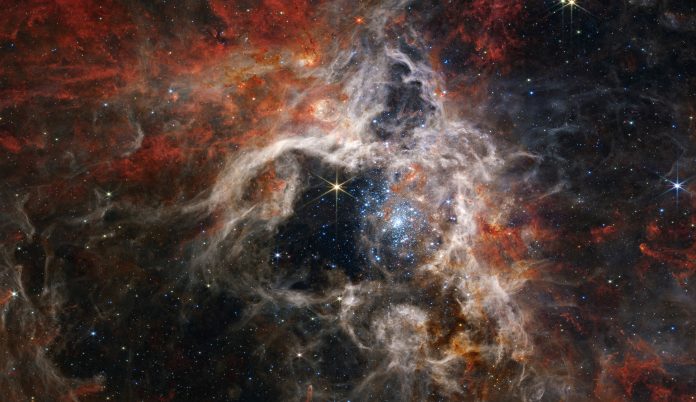
Scientists suggest Earth and the Milky Way may sit inside a vast cosmic bubble, a finding that could help explain discrepancies in measuring the universe’s expansion rate.
Astronomers from the Universities of Portsmouth and St Andrews have discovered new evidence suggesting that the Milky Way and Earth may be located inside a massive cosmic void.
The findings, published last week in the Monthly Notices of the Royal Astronomical Society, could offer an answer to one of cosmology’s most persistent puzzles: the Hubble tension.
This decades-old mystery arises from conflicting measurements of the universe’s expansion rate. Depending on how the rate is measured, scientists have long recorded inconsistent results, but this new research may explain why.
By analyzing sound waves left over from the earliest moments of the universe, known as the echo of the Big Bang, researchers found that Earth appears to sit in a region of space with below-average density.
This vast cosmic void, essentially an enormous bubble with much less matter than surrounding regions, may explain why measurements of cosmic expansion don’t always align.
Dr. Indranil Banik, one of the study’s lead authors, said, “If our galaxy lies near the center of a large void, this could explain the discrepancies in measuring the universe’s expansion.”
In low-density areas like this void, gravity is weaker and expansion occurs faster, while regions beyond it experience stronger gravity and slower expansion. This imbalance may distort how expansion rates are observed.
The discovery not only offers a potential solution to the Hubble tension but also reshapes our understanding of the universe’s structure and Earth’s unique position within it, marking a major step forward for modern cosmology.